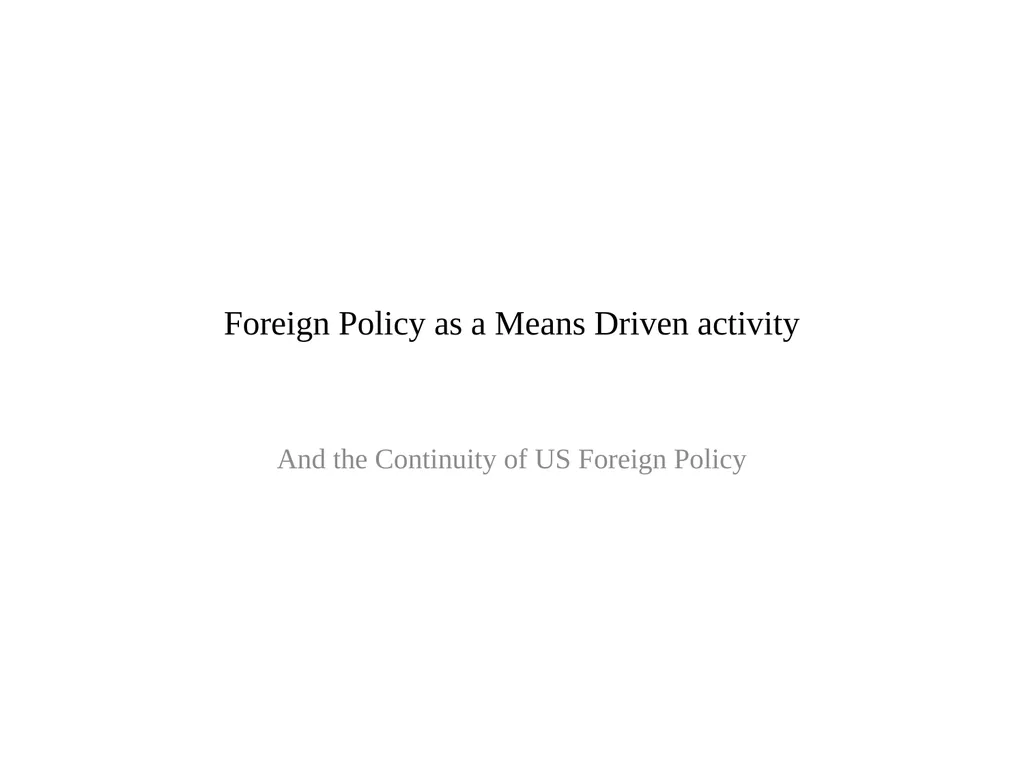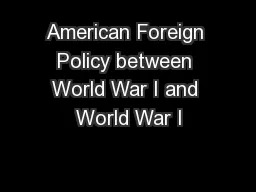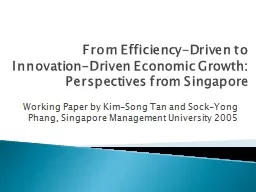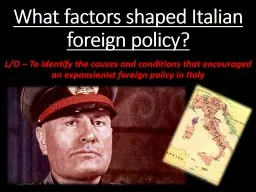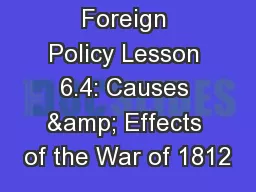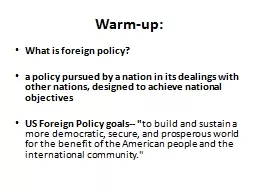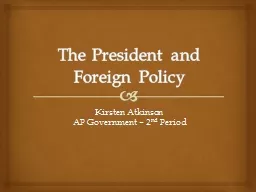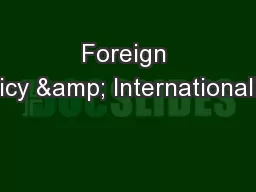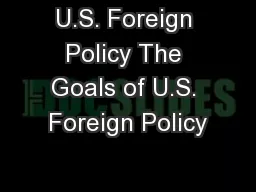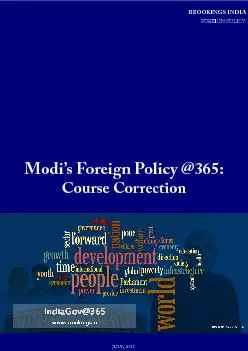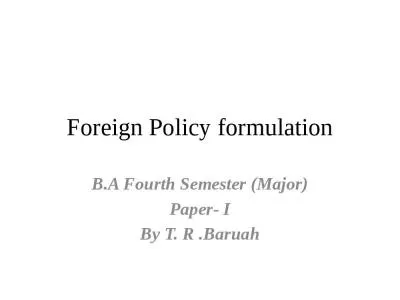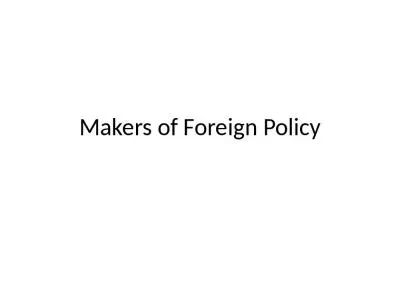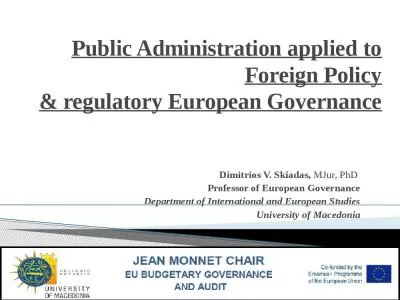Foreign Policy as a Means Driven activity And the
Author : cheryl-pisano | Published Date : 2025-07-18
Description: Foreign Policy as a Means Driven activity And the Continuity of US Foreign Policy Our Approach is not Traditional We argue that US foreign policy is marked by continuity rather than discontinuity cycling between active and non active
Presentation Embed Code
Download Presentation
Download
Presentation The PPT/PDF document
"Foreign Policy as a Means Driven activity And the" is the property of its rightful owner.
Permission is granted to download and print the materials on this website for personal, non-commercial use only,
and to display it on your personal computer provided you do not modify the materials and that you retain all
copyright notices contained in the materials. By downloading content from our website, you accept the terms of
this agreement.
Transcript:Foreign Policy as a Means Driven activity And the:
Foreign Policy as a Means Driven activity And the Continuity of US Foreign Policy Our Approach is not Traditional We argue that US foreign policy is marked by continuity rather than discontinuity – cycling between active and non active (isolationist) periods We argue that policy is means driven rather than goal driven – its not really a product of striving to achieve democracy, economic growth and access, stability, that drives US policy – though we acknowledge these goals exist We argue that the US is not a benign Hegemonic superpower, nor a traditional imperial empire- Rather over time the US has established what we call an informal empire of client states The Basic Argument Policy making is instrument-driven: the U.S. spends much of its time devising programs to aid clients and hinder enemies because those are the competences it has. In this sense, policy is not driven by any overarching goals over and beyond those of helping clients and hurting enemies; instead, it is driven by the relatively limited set of means the U.S. has at its disposal. Policy making, as a process, is not a matter of trying to achieve long-term or structural goals by various means but of choosing a particular means that corresponds to whatever the immediate problem is faced by a client or presented by an enemy So when we say that there is continuity in U.S. foreign policy over a century, what we mean is that U.S. officials continue, decade after decade, to engage in the same types of missions to maintain clients and act in a hostile fashion against enemies by deploying the same small set of policy instruments (capabilities that have a bureaucratic home with an organization whose implementation generate a sequence of activities) Policy Instruments and problem solving Policy instruments have been constructed to solve two interrelated types of foreign policy problems 1. Those designed to help solve US client problems 2. Those designed to punish and sometimes eliminate US Enemies Policymaking is concrete, practical, and place specific. It amounts to “fitting” ready at hand policy instruments to deal with specific problems that are occurring in specific places (typically clients or where enemies or their proxies are located) – existing policies are assessed (error correction feedback) and adjusted as required Policy making as an instrument driven process – A cybernetic Approach government agencies are purposeful arrangements of purposeful activities Any purposeful system
